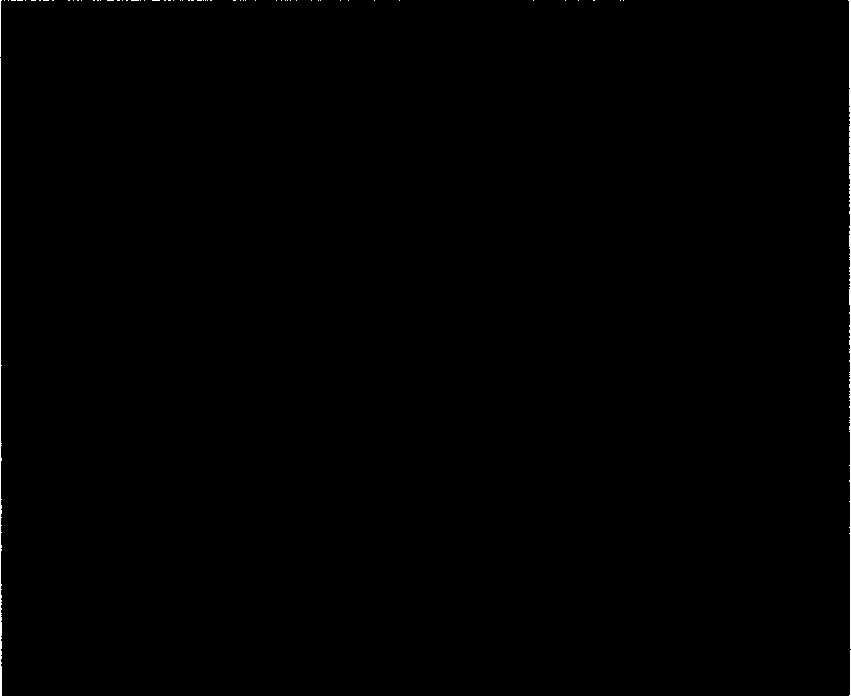Method of differentiating human bone marrow matrix stem cell to form insulin cell
A stem cell differentiation and islet cell technology, applied in artificial cell constructs, bone/connective tissue cells, biochemical equipment and methods, etc., can solve the problems of low number of stem cells, transplant rejection, low differentiation efficiency, etc., and achieve rich sources. , Good repeatability, short time effect
- Summary
- Abstract
- Description
- Claims
- Application Information
AI Technical Summary
Problems solved by technology
Method used
Image
Examples
Embodiment 1
[0023] Example 1: Take 0.1-4 ml of human fresh bone marrow under aseptic conditions, blow and beat it into a single-cell suspension with medium L-DMEM or RPMI1640 or HAM or Fischer containing 0.5-20% FSC, filter it with a 200-mesh sieve, Adjust the cell density according to 1×10 9 / L density inoculation, 37°C, 5% CO 2 After 48 hours of culture in a cell culture box, the culture medium was replaced, and non-adherent cells were discarded, and the medium was changed every 3-4 days thereafter. After about 10 days, when the wall is close to the bottom of the bottle, digest with 0.25-0.5% trypsin, pipette into a single-cell suspension, centrifuge at 1000r / min for 10 minutes, discard the supernatant, and replace with medium containing 0.5-20% FSC L-DMEM or RPMI1640 or HAM or Fischer suspended sediment, according to the ratio of 1:3 ~ 8 passage.
Embodiment 2
[0024] Example 2: Take 0.1-4 ml of human fresh bone marrow under aseptic conditions, blow and beat it into a single-cell suspension with medium L-DMEM or RPMI1640 or HAM or Fischer containing 0.5-20% FSC, filter it with a 200-mesh sieve, Adjust the cell density according to 1×10 9 / L density inoculation, 37°C, 5% CO 2 After 48 hours of culture in a cell culture box, replace the culture medium, discard non-adherent cells, add LIF to the cell culture medium, and change the medium every 3-4 days. After about 10 days, when the wall is close to the bottom of the bottle, digest with 0.25-0.5% trypsin, pipette into a single-cell suspension, centrifuge at 1000r / min for 10 minutes, discard the supernatant, and replace with medium containing 0.5-20% FSC L-DMEM or RPMI1640 or HAM or Fischer suspended sediment, according to the ratio of 1:3 ~ 8 passage.
Embodiment 3
[0025] Example 3: Take 0.1-4 ml of human fresh bone marrow under aseptic conditions, blow it into a single-cell suspension with medium L-DMEM or RPMI1640 or HAM or Fischer containing 0.5-20% FSC, inoculate and culture it for 48 hours, then discard it Non-adherent cells, adherent cells were digested and cultured in serial dilutions to form single cell clones, in situ hybridization, RT-PCR or immunocytochemistry, and flow cytometry were used to detect Nanog expression, and Nanog+ cell clones were selected for culture and passage for 3~ In the 10th generation, retinoic acid (Retinoic Acid) was added to inhibit the expression of Nanog.
PUM
 Login to View More
Login to View More Abstract
Description
Claims
Application Information
 Login to View More
Login to View More - R&D
- Intellectual Property
- Life Sciences
- Materials
- Tech Scout
- Unparalleled Data Quality
- Higher Quality Content
- 60% Fewer Hallucinations
Browse by: Latest US Patents, China's latest patents, Technical Efficacy Thesaurus, Application Domain, Technology Topic, Popular Technical Reports.
© 2025 PatSnap. All rights reserved.Legal|Privacy policy|Modern Slavery Act Transparency Statement|Sitemap|About US| Contact US: help@patsnap.com



